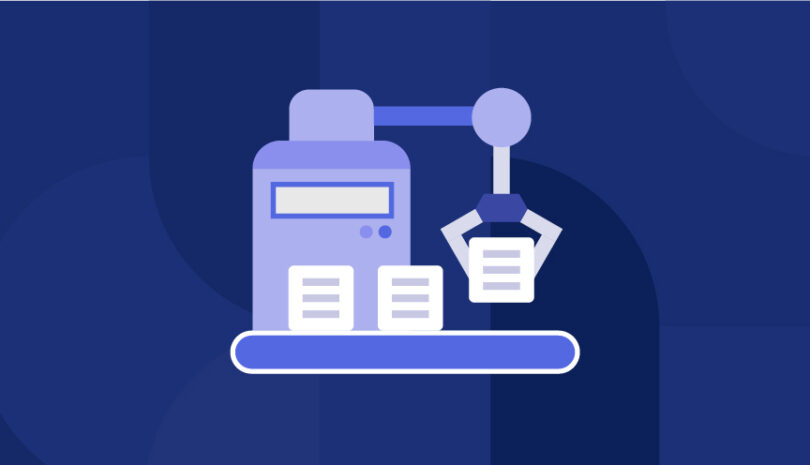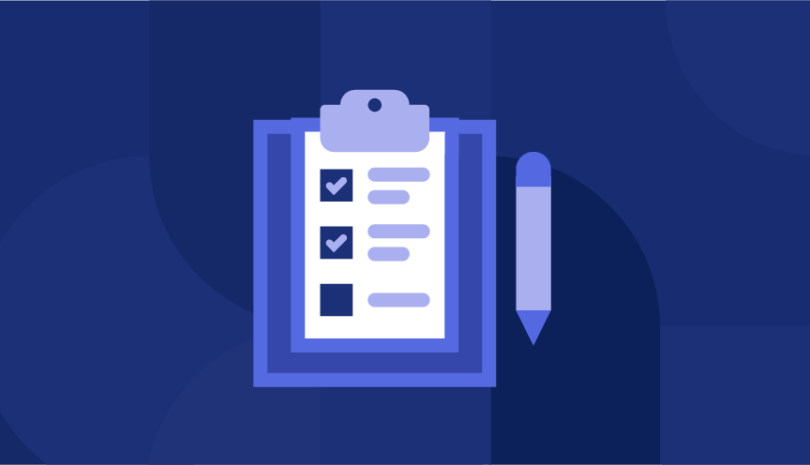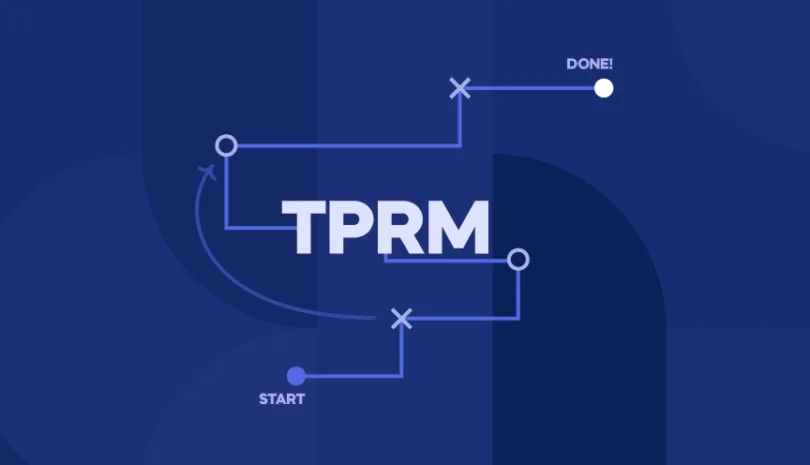According to IBM’s 2024 Cost of a Data Breach Report, the global average cost of a data breach has climbed to $4.45 million, and breaches involving third parties tend to cost even more and take longer to contain. As organizations rely more heavily on external vendors, third-party access has become one of the most exploited attack surfaces in the enterprise.
High-profile breaches have repeatedly exposed this weak spot. The 2013 Target breach originated with a compromised HVAC vendor. In 2022, Okta was impacted by a breach involving a third-party support provider. In 2023, the MOVEit vulnerability affected hundreds of organizations through insecure supply chain connections.
Despite the rising threat, third-party access controls remain inconsistent or incomplete in many environments. Vendors are often granted more access than necessary, and that access isn’t always monitored, time-bound, or revoked properly.
This post outlines how to secure third-party access with practical strategies: enforcing least privilege, monitoring vendor activity, integrating identity controls, and aligning with regulatory frameworks. Because vendor access is necessary, but unmanaged access is dangerous.
Why Third-Party Access is a Top Security Weak Spot
Third-party access remains one of the most overlooked and undersecured areas of enterprise cybersecurity. Vendors often require elevated permissions to internal systems, sensitive data, or APIs, especially when providing IT support, software integration, or cloud services. This access can be persistent, privileged, and difficult to track across complex environments.
Unlike internal users, external partners are rarely subject to the same security standards. Controls like multi-factor authentication (MFA), session timeouts, and access reviews may be applied inconsistently or not at all. These gaps create prime opportunities for attackers, who increasingly exploit supply chain connections as indirect paths into enterprise networks.
Regulators are taking notice. Frameworks like the SEC’s cyber disclosure rules, DORA in the EU, and NIS2 mandate stricter vendor oversight, including access governance, breach reporting, and continuous risk evaluation.
Without centralized visibility and control, organizations can’t manage what they can’t see. Strengthening third-party access controls is no longer optional; it’s essential for meeting compliance expectations and reducing breach risk.
Key Risks of Poor Third-Party Access Management
When third-party access isn’t properly controlled, it introduces security gaps that are difficult to detect and even harder to fix. Common risks include:
- Credential abuse. Vendors may use weak, shared, or recycled passwords. If compromised, these credentials can allow attackers to escalate privileges or move laterally within your systems.
- Lack of access visibility. Without a centralized inventory or oversight, it’s difficult to track which vendors have access to what, or whether that access is still needed.
- Failure to revoke access. Vendor access often remains active after a contract ends or a project wraps. Unused accounts become potential entry points for attackers.
- Shadow IT connections. Vendors may connect through unmanaged APIs, cloud services, or endpoints that bypass your formal security review process. These integrations expand your attack surface without clear accountability.
Poor third-party access governance allows risk to accumulate quietly until it becomes a problem. Without the right controls in place, even routine vendor relationships can lead to serious security incidents.
How to Secure Third-Party Access: Enforce Least Privilege Access
Applying least privilege access is one of the most effective ways to reduce third-party risk. Vendors should receive only the access they need to perform their tasks—no more, no less. Yet in many environments, access is overprovisioned, persistent, and rarely reviewed.
Start by using role-based access control (RBAC) to align permissions with clearly defined responsibilities. This limits exposure and ensures access is tied to job function, not convenience.
Access should also be time-bound, especially for short-term engagements or project-based work. Temporary permissions that expire automatically help prevent forgotten or unused accounts from accumulating over time.
Any new or escalated access should follow a documented approval workflow that involves both business and security stakeholders. This creates an accountability trail and prevents unauthorized access from slipping through the cracks.
Least privilege is not just a best practice, it’s a requirement for scalable, auditable, and secure third-party access.
Strong Authentication & Identity Controls Help Secure Third-Party Access
Strong identity and authentication controls are essential for securing third-party access. Start by enforcing multi-factor authentication (MFA) for all vendor accounts, regardless of access level. Passwords alone are no longer sufficient. MFA significantly reduces the risk of credential compromise.
Where possible, use single sign-on (SSO) to centralize authentication and streamline access management. For larger or long-term vendor relationships, identity federation can allow vendors to authenticate through their own systems while still maintaining policy control on your side.
It’s also critical to eliminate shared or generic vendor accounts. These accounts obscure individual accountability, make activity harder to trace, and often lack proper oversight. Every vendor user should have a named, role-specific account tied to their assigned privileges.
By tightening authentication requirements and improving identity management, you reduce the likelihood of unauthorized access and improve your ability to investigate incidents when they occur.
Monitor and Audit Vendor Activity
Even with proper access controls, third-party connections must be monitored continuously. Logging all vendor activity, such as login attempts, file access, and configuration changes, creates a detailed audit trail that supports both security investigations and compliance reporting.
User and Entity Behavior Analytics (UEBA) tools can help detect unusual patterns, such as after-hours access, data downloads, or access to systems outside the vendor’s scope. These alerts can signal compromised credentials or unauthorized activity before it becomes a full-blown incident.
Regular access reviews are just as important. Generate periodic reports that show which vendors have access to which systems, what they’ve done, and whether that access is still justified.
Monitoring is not a passive process; it’s an active layer of defense that helps you stay ahead of misuse, misconfiguration, or malicious intent.
Segment Networks and Limit Entry Points
Not all vendors need access to your full environment. One of the most effective ways to reduce exposure is by isolating third-party access within a secure zone, such as a segmented virtual network or restricted cloud environment.
Use firewalls, proxy gateways, and VPN segmentation to limit vendor access to specific systems or services. Avoid allowing direct access to internal networks whenever possible.
Apply Zero Trust principles by requiring continuous verification of both identity and device posture. Just because a vendor logs in successfully once doesn’t mean they should have unrestricted access for the duration of their session.
By limiting entry points and enforcing context-aware access, you make it much harder for attackers to exploit a vendor connection, even if credentials are compromised.
Establish Onboarding and Offboarding Protocols
Vendors should never gain access without a structured onboarding process, and access should always be revoked promptly at the end of the relationship. Automating provisioning and deprovisioning ensures that vendor access is consistent, time-bound, and fully documented.
Track contract start and end dates to align access with actual engagement timelines. When a contract is terminated or a project concludes, automated triggers should remove access immediately to prevent accounts from lingering.
Maintain an up-to-date access inventory that lists all third-party users, their roles, systems accessed, and approval status. This inventory supports audits and helps security teams verify that vendor access is properly scoped and regularly reviewed.
Strong onboarding and offboarding controls don’t just improve security, they also streamline operational processes and reduce manual effort.
Security Tools That Support Third-Party Access Governance
Managing third-party access at scale requires a coordinated set of tools that provide visibility, control, and accountability. Key technologies include:
- Identity and Access Management (IAM) systems to manage user identities and enforce role-based access across vendors.
- Privileged Access Management (PAM) tools to secure elevated vendor permissions with session controls and time-bound access.
- Third-party risk management (TPRM) platforms that offer real-time visibility into which vendors have access, and automate access reviews.
- Continuous monitoring and alerting systems to detect anomalies and suspicious activity tied to vendor accounts.
Together, these tools help security teams enforce consistent policies, reduce over-permissioned access, and detect risks early, before they escalate into breaches.
Aligning with Compliance and Frameworks
Securing third-party access isn’t just a best practice; it’s increasingly a regulatory requirement. Frameworks like NIST CSF, ISO 27001, DORA, and NIS2 emphasize the importance of managing external access, especially when vendors handle sensitive data or connect to core systems.
To stay audit-ready, organizations should map their access governance processes to these frameworks. That includes documenting vendor access policies, tracking who has access to what, and demonstrating enforcement of least privilege and authentication controls.
Contracts with vendors should also include breach notification clauses that specifically address access-related incidents. This ensures you’re alerted when something goes wrong and can meet reporting obligations under laws like GDPR or the SEC’s cyber disclosure rules.
Aligning with standards doesn’t just reduce compliance risk, it builds a stronger, more resilient third-party security posture.
Securing Third-Party Access
Third-party access is essential for doing business, but when left unmanaged, it becomes a major security liability. From over-permissioned accounts to invisible integrations, the risks tied to vendor access can quickly spiral out of control if not governed properly.
That’s why CISOs need more than just policies; they need layered, auditable defenses around every third-party connection. This includes enforcing least privilege access, continuously monitoring activity, and ensuring vendors are fully offboarded when contracts end.
Panorays helps organizations take control of third-party access by giving security teams full visibility into which vendors have access, what they can do with it, and how that access aligns with your risk thresholds. With automated access reviews, continuous risk monitoring, and centralized governance workflows, Panorays simplifies access oversight at scale, without slowing down the business.
Ready to take control of third-party access? Book a personalized demo with Panorays today.
Third-Party Access FAQs
-
Vendors often require elevated or persistent access to internal systems, which can create blind spots for security teams. If that access is misused, whether through credential theft, misconfiguration, or lack of oversight, it can lead to data breaches, system compromise, or compliance violations.
-
Vendors may access your network through VPNs, remote desktop protocols (RDP), cloud portals, shared API keys, or federated identity systems. Access can be temporary (for maintenance) or long-term (for outsourced operations). Shadow integrations and forgotten accounts are especially risky.
-
Start by enforcing least privilege and time-bound access controls. Require multi-factor authentication (MFA), segment networks to isolate vendor zones, and establish a clear onboarding/offboarding process. Continuous monitoring and regular access reviews are also essential to reduce exposure.
-
Effective governance typically involves a combination of Identity and Access Management (IAM), Privileged Access Management (PAM), and Third-Party Risk Management (TPRM) platforms. Tools like Panorays enhance visibility and control by mapping access to risk, automating reviews, and identifying over-permissioned users or vendors.



